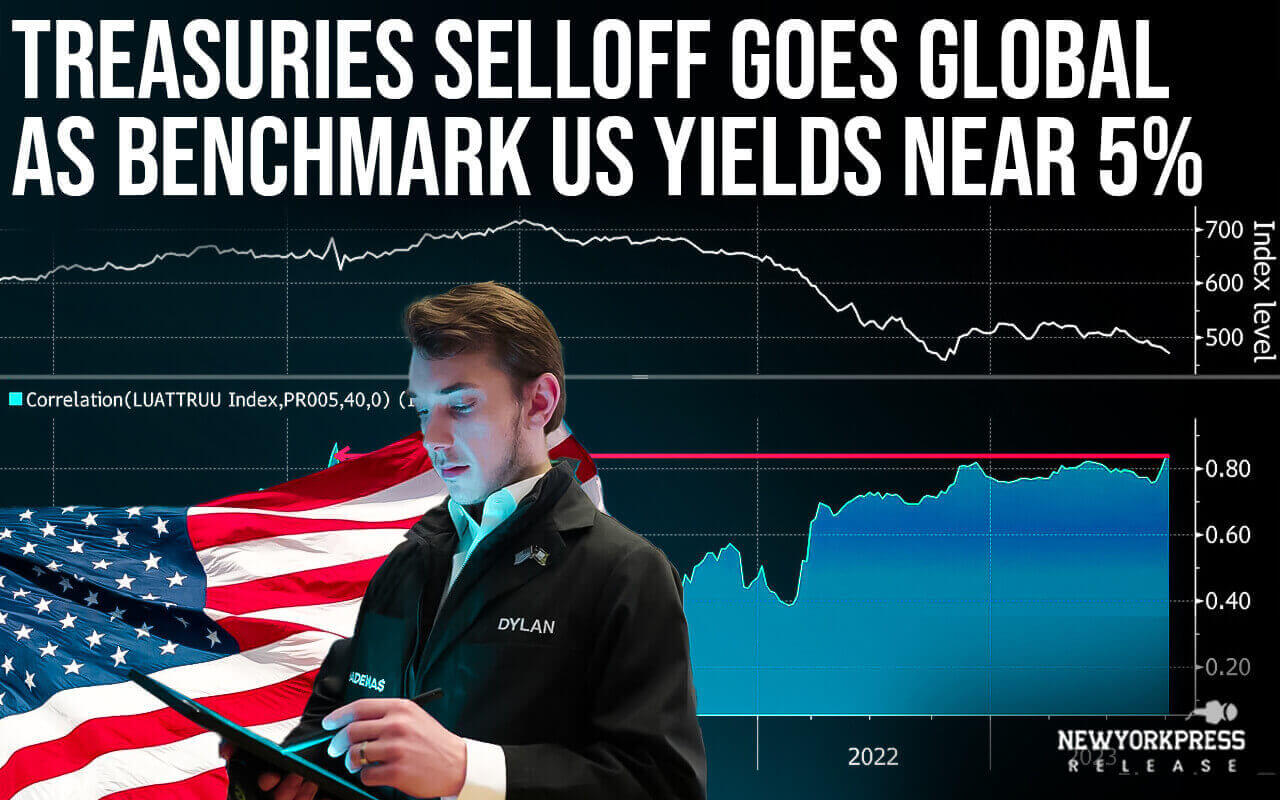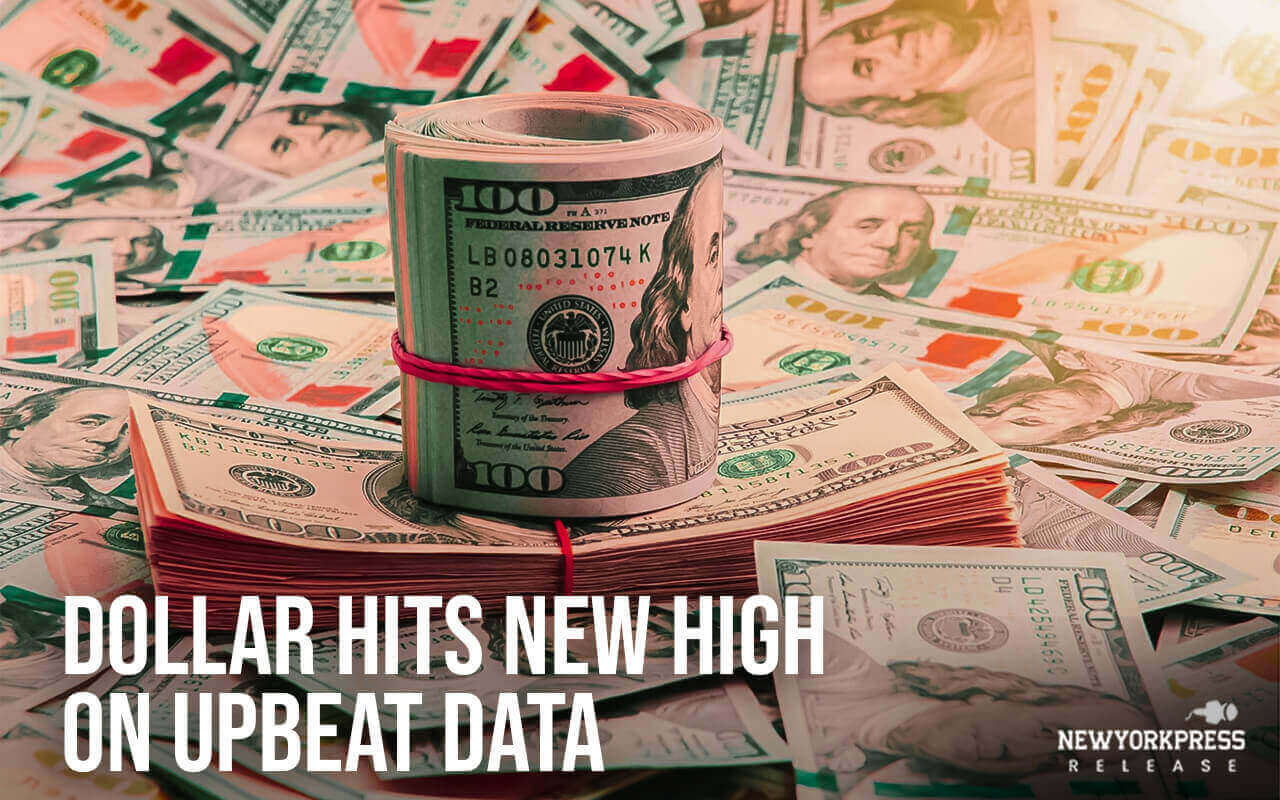Global bonds are taking a beating as Treasuries blast their way through the global market to the highest level since the pandemic struck in 2020.
After rising to 4.85% this week, Treasury yields are expected to exceed 5% for the first time since 2007. The similarities between Bloomberg’s gauge of global securities and an index of US Treasury have hit their highest level since March 2020.
A continuous selloff in US government bonds is causing havoc in the major bond market as traders come to terms with the realization that interest rates are expected to stay higher for longer. Regardless of the local bank staying on pause, Australia’s 10-year yields grew faster than their US peers over the previous week, and the volatility has spread over into equities.
“These moves are starting to cause worries across all asset classes,” said James Wilson, a money manager at Jamieson Coote Bonds Pty in Melbourne. “There’s a buyer’s strike at the moment and no one wants to step in front of rising yields, despite getting to quite oversold levels..”
Global bonds have now fallen 3.5% this year, while ICE’s BofA MOVE Index for Treasuries volatility reached its highest since May on Tuesday. The mean price for bonds in the Bloomberg US Treasury Index has slipped to 85.5 cents on the dollar, half a cent above the record low in 1981.
“Ultimately we believe in the path higher, but it’s unlikely to be linear,” said Scott Solomon, a money manager at T. Rowe Price, who predicted last week that 10-year yields might reach 5.5%. “There’s a bit of a back and forth between some traditional bond buyers who have been forced into a bit of a buyers’ strike when it comes to duration versus those who view the yield levels as a good long-term opportunity.”
Yields on several of Asia’s emerging market bonds rose on Wednesday. The Indonesian benchmark reached its highest level since November.
“US yields at year highs are starting to look disruptive for other regions and sectors in global fixed income,” noted HSBC Holdings Plc strategist Steven Major in a client note.
The agony is spreading to corporate notes, with at least two borrowers declining to issue on Tuesday as blue-chip rates touched a 2023 high of 6.15%. The largest speculative-grade bond ETF is seeing its worst two-day drop of the year, while the cost of insuring against default on a junk-rated debt index has risen to its highest level in nearly five months.
Some people still find the very short end of the Treasury market appealing. On Tuesday, a larger 52-week bill sale drew record demand from non-dealers as investors locked in a yield of more than 5% for the coming year.
Current yield levels will “suck capital away from more risky asset classes because investors do not need to move along the risk spectrum to generate attractive returns,” Jamieson Coote’s Wilson said.
The sell-off has also pushed so-called real rates to multiyear highs, with the 10-year US inflation-adjusted rate rising beyond 2.4% to levels seen in 2007, just before US equities peaked.
“Sharp increases in real yields always lead to equity market depreciation,” said Amy Xie Patrick, head of income strategies at Pendal Group in Sydney. Cash is the safe haven to seek protection, she mentioned.




